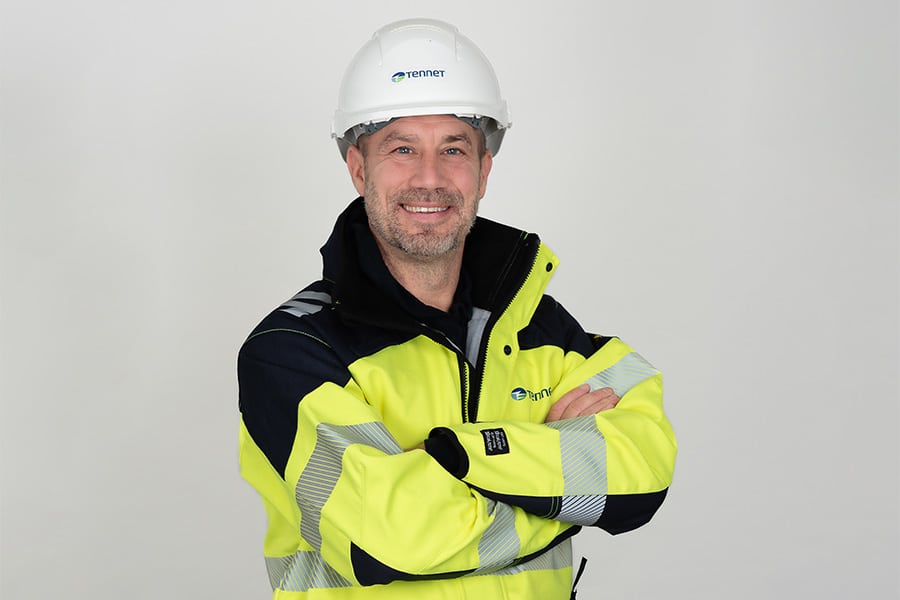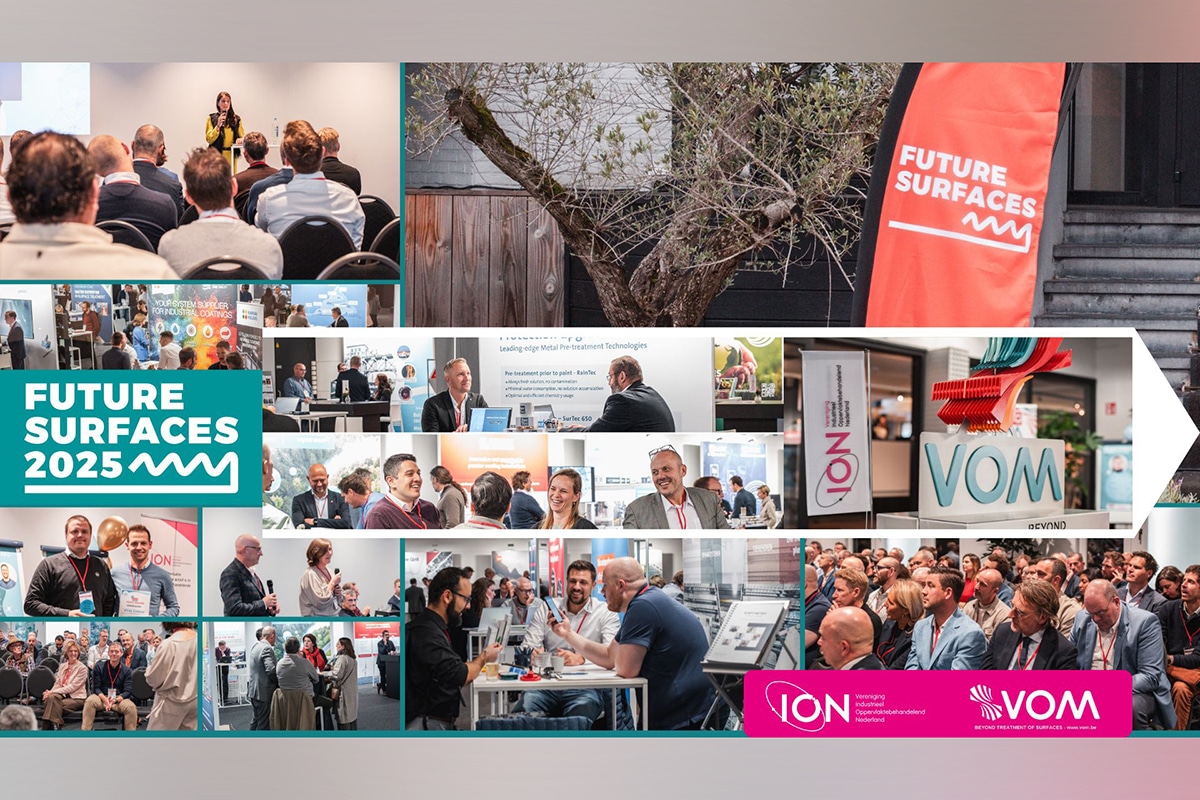
New scalable technology for low-CO2 cement gets green light Europe
European approval for ACT technology
The technical approval means Ecocem can fully commercialize its ACT technology before 2026. Moreover, cement and concrete producers can now use it. The European approval also provides the opportunity to scale up the new technology globally, as ETAs are recognized internationally. If the global cement industry embraces the new technology, it could thereby become the first major industrial industry to actively contribute to the goals of the Paris climate agreement. Limiting global warming to 1.5°C by 2030, is now within reach for the industry, without skyrocketing costs or disruption to current production processes.

Convincing trials
ACT is the result of ten years of research and innovation by Ecocem on sustainable, low CO2 and affordable cement technology. Currently, the technology is undergoing rigorous field tests, which already show that ACT enables significant CO2 reductions, namely a reduction of 70% compared to the average European cement mix. Moreover, the trials currently underway are showing convincing results with respect to important criteria such as strength, durability and workability of concrete. Ecocem expects to supply the first customers in the European market with ACT cement during 2024. Full commercialization is expected to be ready in 2026.
Recently, the European Commission published its target of reducing greenhouse gas emissions by 90% from 1990 levels by 2040. The cement industry now has a range of decarbonization technologies that are sufficient to meet and exceed this proposed EU target. A combination of technology to reduce CO2 emissions and CO2 capture for the remaining emissions puts a "netzero" ambition for the cement industry within reach. The challenge lies with policymakers, investors and industry to bring this breakthrough cement technology into use as soon as possible. Such a rapid technological step forward is crucial. By exploiting readily available alternatives, such as Ecocem's ACT clinker reduction technology, the cement industry can reap all the benefits of decarbonization more quickly and cost-effectively. This includes preventing CO2 emissions and reducing reliance on costly long-term CO2 capture solutions.

Expansion
To accelerate the delivery of ACT, Ecocem is expanding its operations at existing production facilities in the Netherlands and Ireland, and a new grinding plant is being built in Dunkirk, France, in partnership with CB Green. Ecocem is also close to finalizing permits for the construction of a plant on the U.S. West Coast. Ecocem is working with leading partners in the cement and construction industry, such as Groupe CB, Point P and Cemex France, to test and further develop ACT technology and ensure an uninterrupted supply of raw materials.
After water, concrete is the most widely used substance on earth, but also one of the most polluting. Cement, the main ingredient of concrete, is responsible for nearly 8% of global CO2 emissions, and that is more than the total emissions from shipping, aviation and passenger and freight traffic combined. Commenting on the breakthrough achieved with ETA, Christian Clergue, European Standards Manager at Ecocem, said, "The technology for decarbonizing the cement industry in line with the Paris climate agreement now exists. Thanks to European technical approval, we now have the assessment that proves ACT is safe and works well. So it is no longer just a theory, but an actual, real technology that is going to make a difference."
Heeft u vragen over dit artikel, project of product?
Neem dan rechtstreeks contact op met Ecocem.
 Contact opnemen
Contact opnemen




